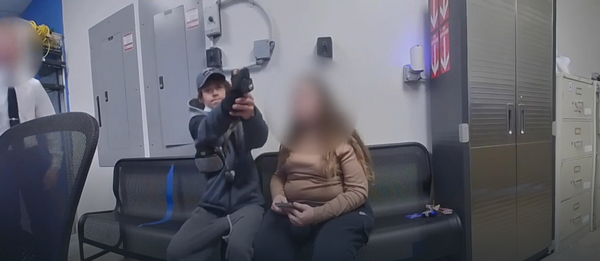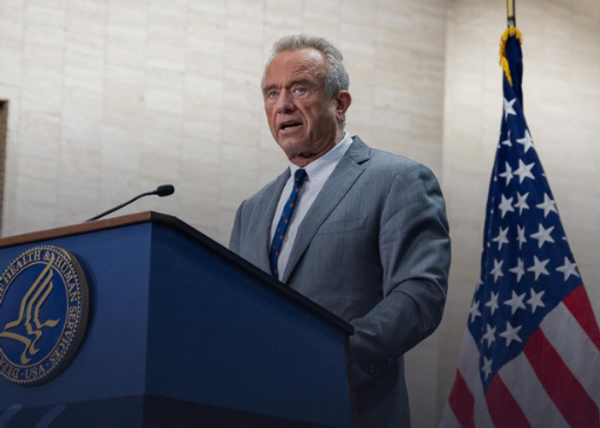Monkeypox infections are increasing in the UK, with health experts warning new cases are being identified daily. The virus, which is from the same family as the smallpox, is rare and usually causes mild symptoms.
People tend to recover within a few weeks, the NHS says, and the disease is characterised by a blistery rash which spreads across the body before scabbing up and falling off. More than 80 cases of monkeypox have been found elsewhere in Europe and in the US, Canada and Australia.
Boris Johnson said that while the virus was rare, it was important to 'keep an eye' on it following the surge in cases, adding: “I think we’re looking very carefully at the circumstances of transmission. It hasn’t yet proved, fatal in any case that we know of, certainly not in this country.”
Read more: Monkeypox symptoms according to NHS and how to avoid getting it
Monkeypox is spread via 'close contact' with an infected individual, which could be household contact, sexual contact, or even changing an infected person's bedding without wearing appropriate PPE. The latest government guidance states that close contacts of monkeypox cases should self-isolate for 21 days.
They are also being offered a vaccine, which, according to government recommendations, should be 'administered as soon as possible' after an identified exposure. The 'ideal' timeframe to receive a vaccine is within four days, but it could be given up to two weeks after contraction.
The MVA-BN vaccine, designed for smallpox, is used and helps to prevent or weaken a monkeypox infection. Previous data from Africa suggests that previous vaccines against smallpox may be up to 85% effective in preventing monkeypox infection.
Dr Susan Hopkins, a chief medical adviser of the UK Health Security Agency (UKHSA), told BBC One’s Sunday Morning: “There is no direct vaccine for monkeypox but we are using a form of smallpox vaccine – a third-generation smallpox vaccine that’s safe in individuals who are contacts of cases.
“So, we’re not using it in the general population. We’re using it in individuals who we believe are at high risk of developing symptoms and using it early, particularly within four or five days of the case developing symptoms. For contacts, [this] reduces your risk of developing disease, so that’s how we’re focusing our vaccination efforts at this point.”







